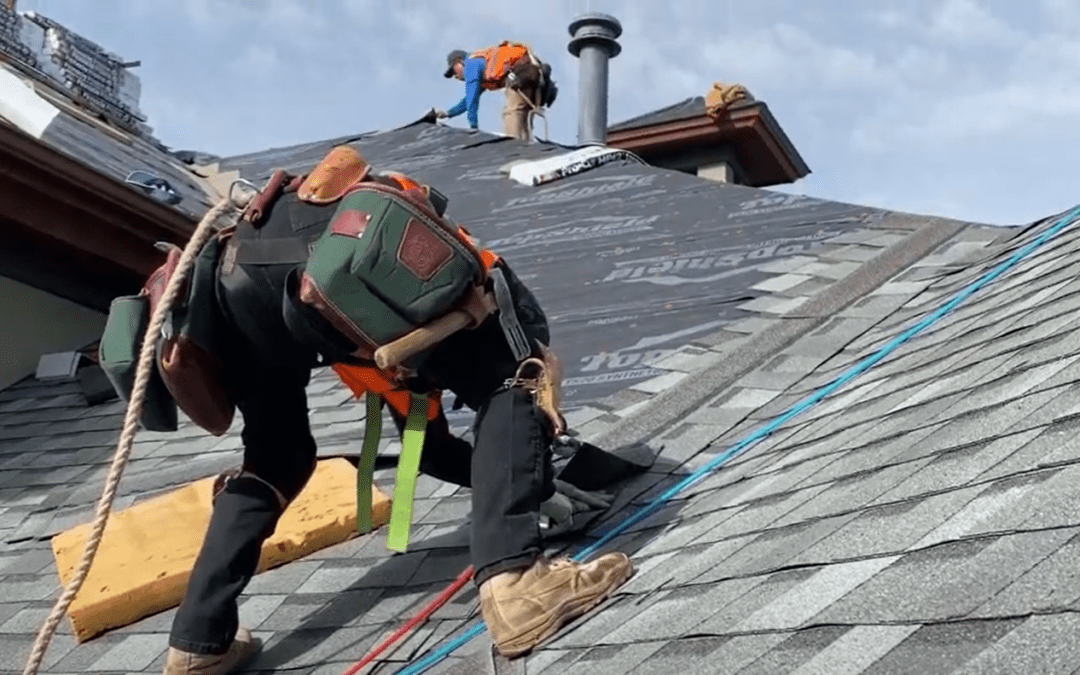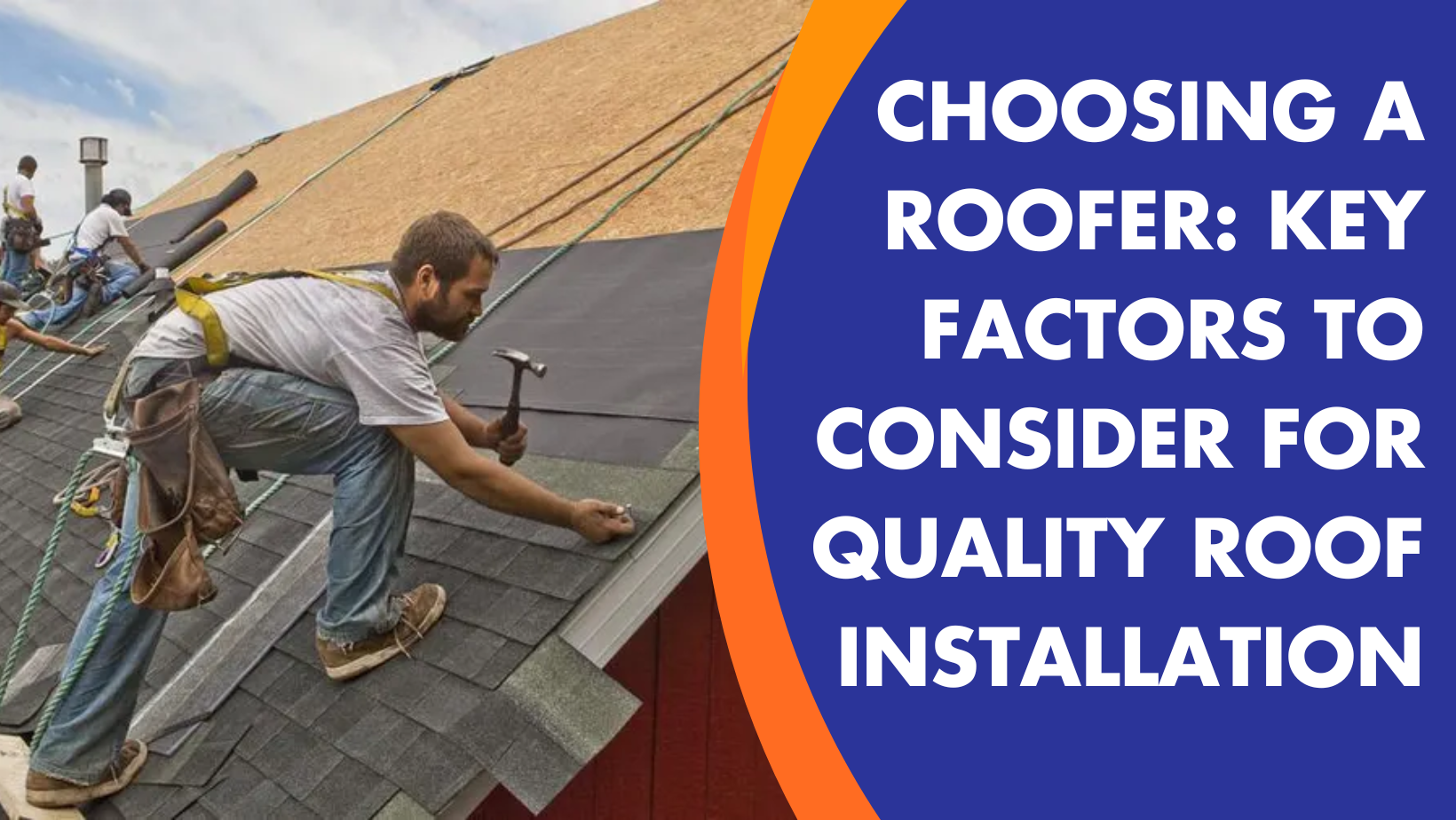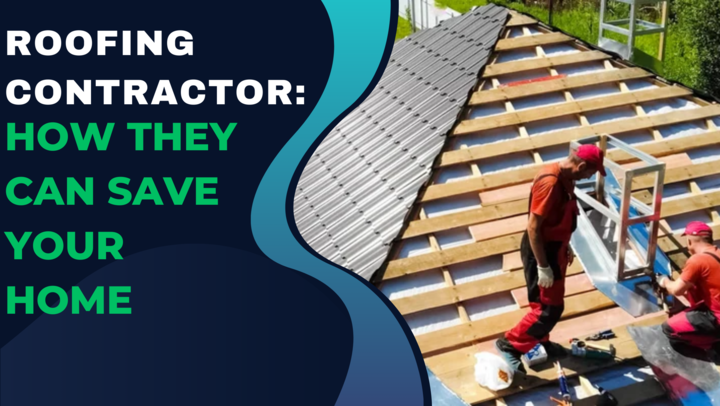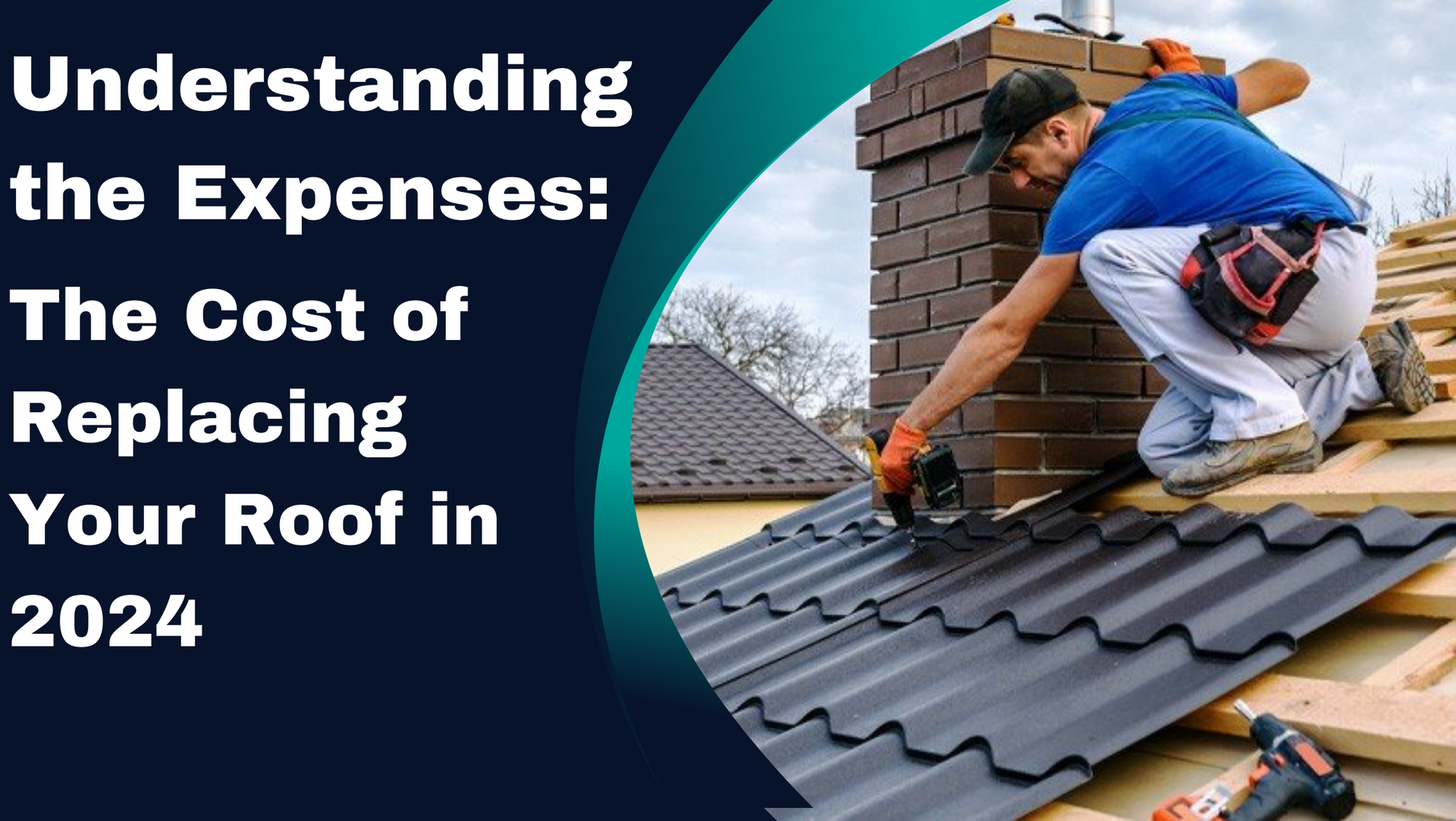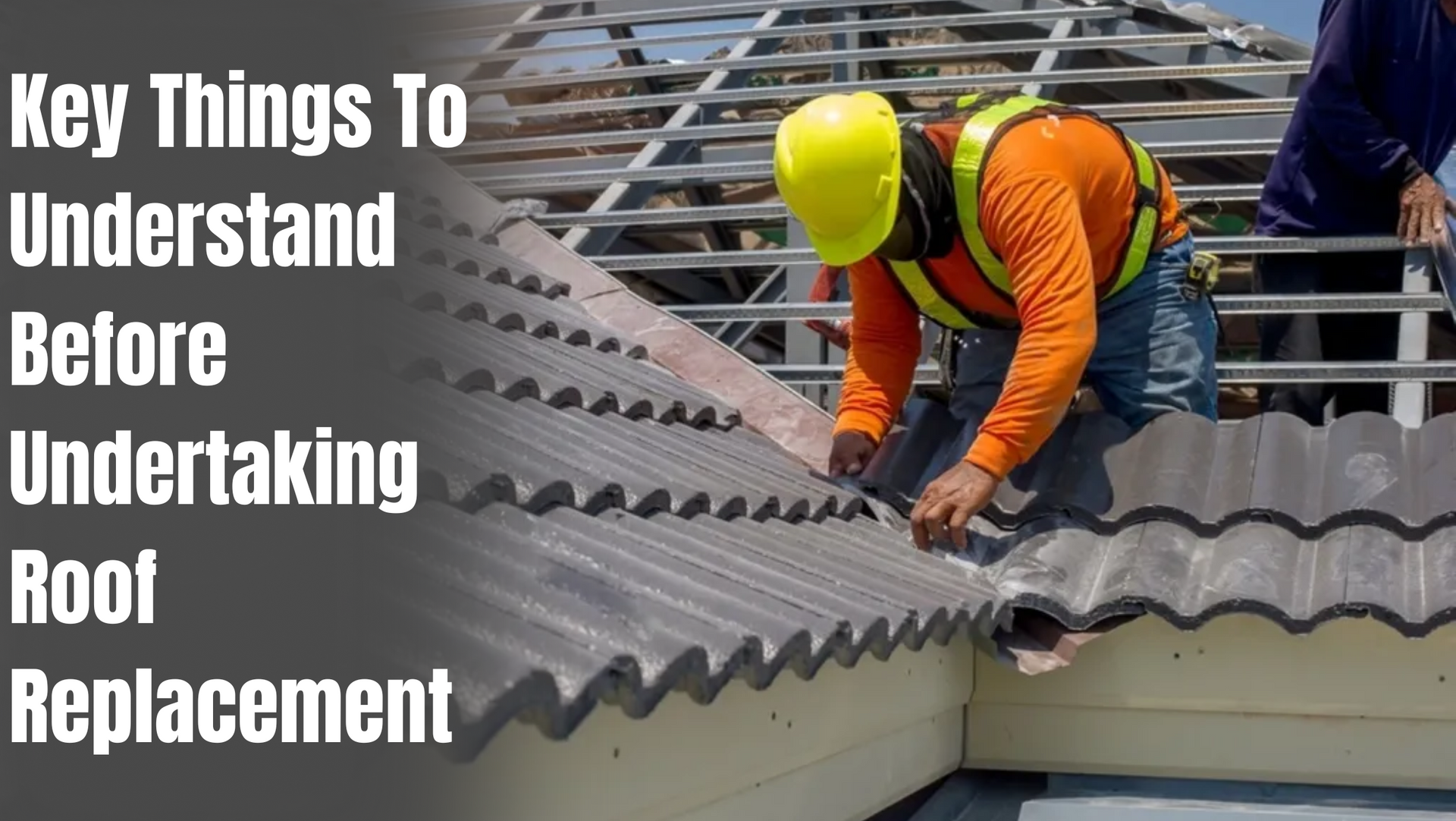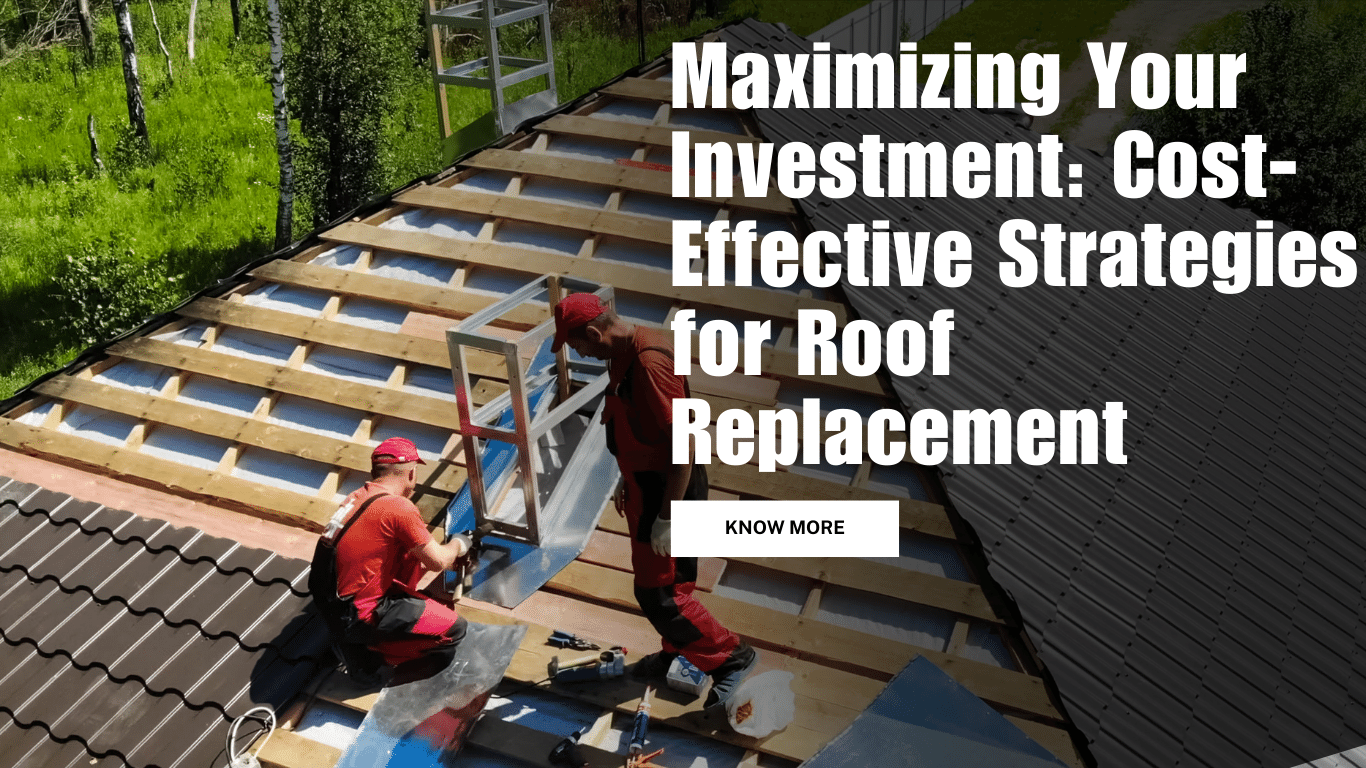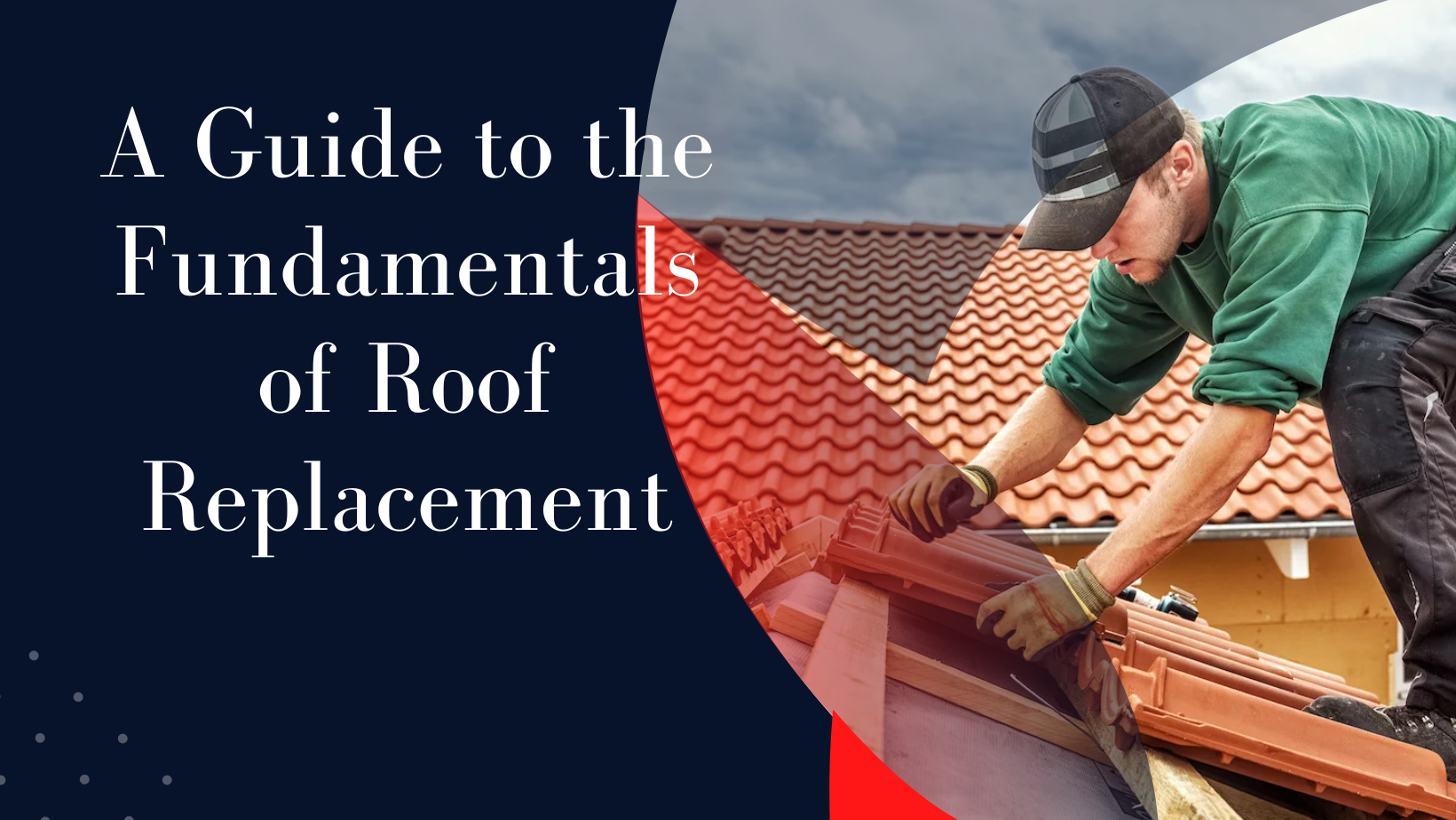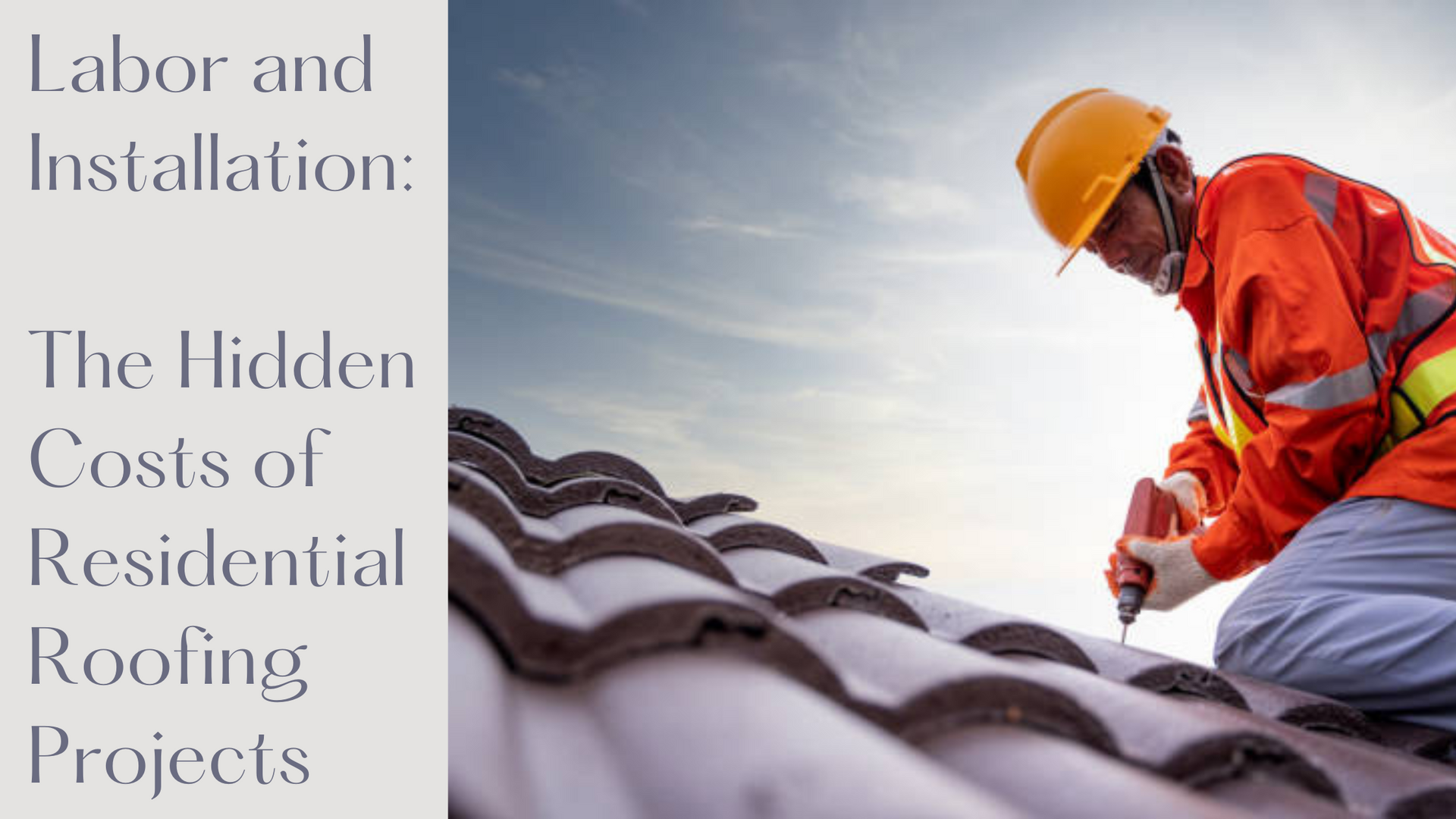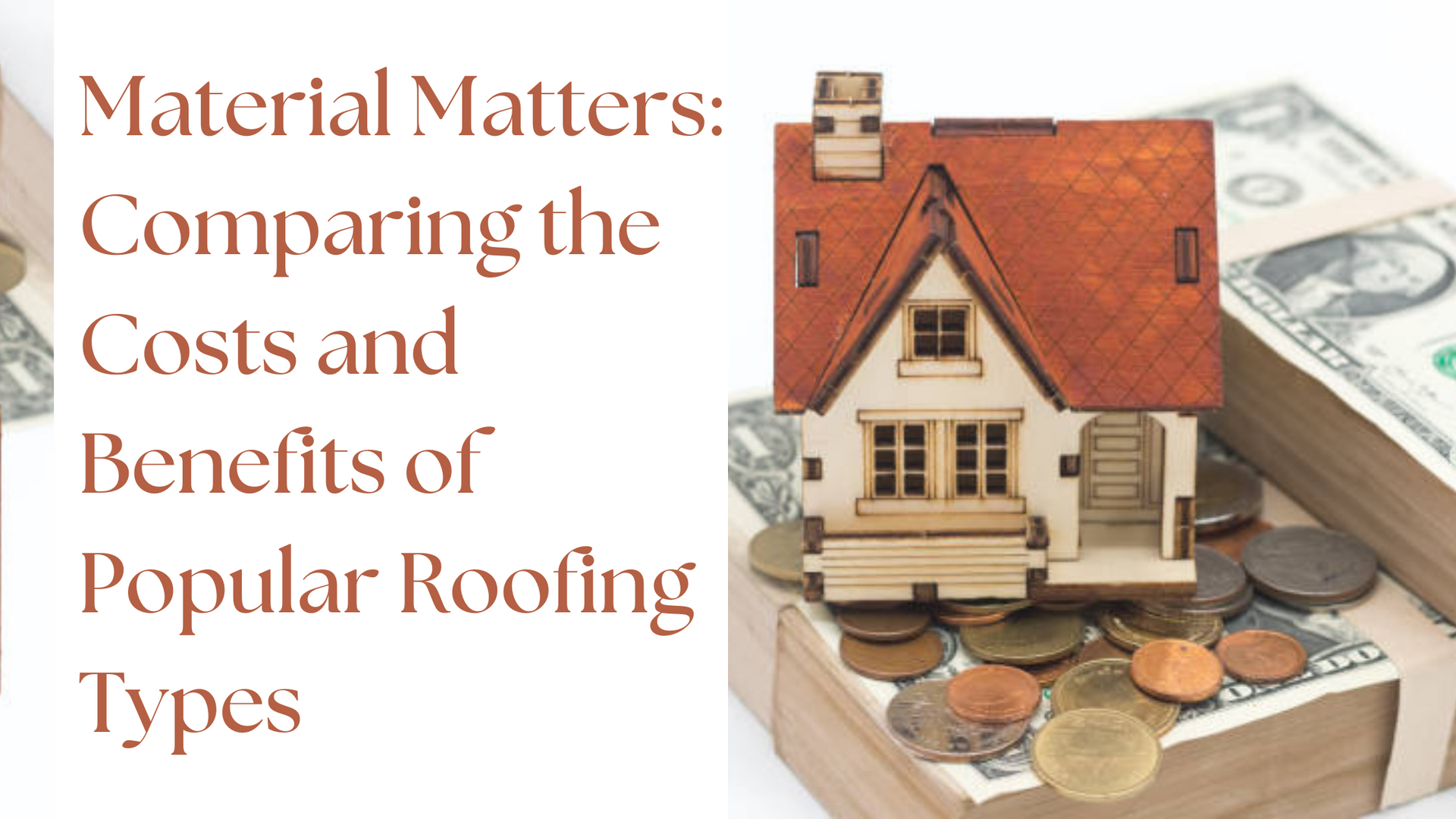The Ultimate Guide to Understanding Residential Roofing Costs
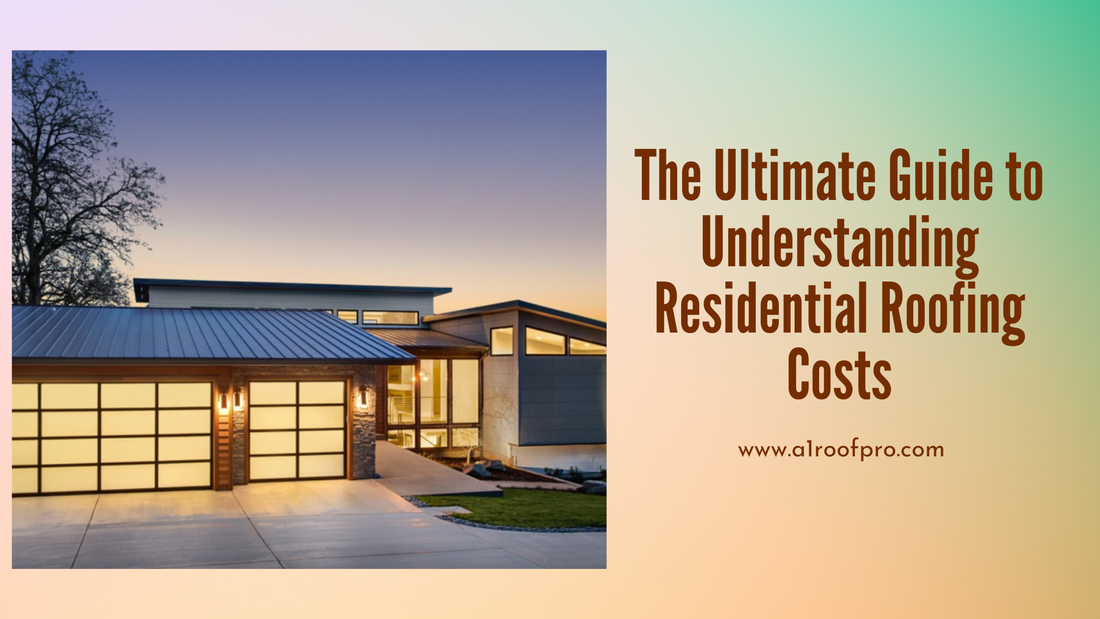
One of your most important home features is your roof. No matter where you live, your roof protects your home and family from the elements, always keeping you warm and dry. In most cases, a quality roof lasts for up to 20 or 30 years, but eventually, there comes a time when repairs no longer suffice, and your roof needs replacing. At this juncture, understanding the home roofing cost
naturally becomes a significant factor, as it encompasses both the immediate expenses and long-term investment in your property’s protection and value.”
You’ll most likely have to replace at least one roof over your years as a homeowner, so it’s essential to know what to expect from the roof replacement process, including the expected residential roofing cost. At A1 Home Improvement , we understand that a lot of thought goes into the decision to replace your roof.
Average roofing costs range from affordable to luxury. We address some of the “need-to-know” factors that affect residential roofing costs below.
Cost Per Square Foot
The larger your home size, the higher the cost of the roof replacement. That’s because a larger roof requires more materials, as well as additional labor to complete the replacement. The average cost of roofing materials ranges between $4.50 and $6 per square foot, depending on what type of roofing material you choose. If you live in a 1,200-square-foot home, this means you’ll plan to pay between $6,750 and $9,000 for materials for your new roof.
Most roofs require an extra 50 or 100 square feet of material to account for the roof slope and overhang in certain areas. Additionally, if you have gables, dormers, or other irregularly shaped sections of the roof, you may require more roofing materials. If you want an idea of your potential residential roofing cost, use a home roofing cost calculator to get an estimated total.
Labor Costs
Your roof’s square footage also affects your roof replacement labor costs. Labor and installation costs also contribute significantly, varying based on the roof’s specifications and the expertise needed for installing of roof. In most cases, materials account for 40% of your home roofing cost, while labor accounts for about 60%. Labor costs hinge on several factors, including:
- Experience: An experienced roofing contractor costs more than one with less experience. Keep in mind that, in many cases, you get what you pay for.
- Roofing material: Since asphalt shingles are the most commonly used roofing materials, the job might go more quickly. More complicated installs may take more time and additional skills.
- Your roof’s size and shape: The larger the roof, the more time it takes to replace it. However, if you have a steeply sloped roof, several oddly shaped features, or sections with limited accessibility, this may also add to the labor cost.
Cost According to Material Type
Materials significantly impact your residential roofing cost. When choosing roofing materials for replacement, consider the climate where you live and the desired aesthetic appearance of your home. The roofing material types naturally play a crucial role in this decision. Some of the most popular options include:
Asphalt
Asphalt shingles tend to be the most versatile and inexpensive type of roofing material. They come in several different styles at equally different price points. Basic asphalt shingles usually start at about $4.25 per square foot, while premium asphalt shingles may cost up to $8.25 per square foot. Asphalt shingles last 15 to 30 years, depending on how well you keep your roof clean and maintained.
Metal
Metal roofs cost more upfront, but their endurance makes them a good choice. They easily last 50 years or more with very little maintenance.
Slate
Slate tiles offer durability and resistance against even the highest winds, but they’re more expensive than asphalt tiles and considerably heavier. If you choose slate tiles, your roof may require reinforcing to support the extra weight.
Clay
Clay tiles make your home look beautiful while providing extra durability. Again, the cost is higher than other types of material, but they often last 50 to 70 years with proper maintenance.
Cost by Region
Your roof replacement cost also depends on your location
. When coming up with a home roofing cost estimate, you need to take several factors into consideration.
For example, if you live in a region with high winds, lightweight asphalt shingles may not be the best choice, as they may blow off your roof. If your area gets a lot of snow or rain, increased waterproofing under the shingles may be necessary. The total average roofing cost also depends on the cost of living in your area, as well as your chosen roofing materials’ local availability and accessibility.
Additional Costs
While most roofing companies include all the pertinent costs in their estimates, be aware that you may need to consider additional costs on top of the roof replacement cost. Additional costs can include disposal, roof decking and waterproofing, gutter replacement, and more. It’s also important to factor in the long time roofing cost naturally associated with maintenance and potential future repairs, which can impact the overall financial planning for your roofing project
Disposal of Old Roofing Materials
Professional roofers never install new roofs over existing roofs, so the cost of removing and hauling away the old roof may add to the total cost.
Repair or Replacement of Underlying Materials
The underlayment of your roof is nearly as important as the roofing materials themselves, so keeping them in good shape helps extend your roof’s effectiveness and longevity.
Replacing Your Gutters
When replacing your roof, it’s a great time to assess the condition of your gutters. If your gutters show signs of dents or rust or appear to be otherwise compromised, you may want to consider replacing them along with your roof. Certain types of gutters may require replacement.
Insurance or Extended Warranties
A reputable roofing company often offers a limited warranty on its labor. If you want an extended warranty from your contractor or a manufacturer’s warranty that covers materials, you may be able to purchase one. Additionally, check your homeowner’s insurance policy to ensure that you have adequate coverage for your new roof.
DIY Roof Replacement vs. Professional Roof Replacement
While it may seem more cost-effective to replace your roof yourself, you shouldn’t. Professional roofers have extensive experience and protocols for keeping them safe on a high and sloping roof. Additionally, each type of roofing material requires specific knowledge to install it correctly, which is something the average homeowner does not have.
To ensure that you’re getting a quality roof installation, always call a professional roofing contractor to do the job.
A1 Home Improvement | High-Quality Roof Replacement in Connecticut
At A1 Home Improvement, our number-one concern is the satisfaction of our customers. Our goal is to provide you with unparalleled customer service and top-quality workmanship on every project. We back each roof replacement with a ten-year workmanship warranty, so you know we’re serious about providing you with the best in service and quality.
Our roofing experts offer a full spectrum of services, including a thorough roof inspection
before we begin work. During an inspection, we check to make sure all the underlying materials and other roofing components are in top condition so that you don’t run into issues down the line.
At A1 Home Improvement, we believe in transparency and integrity. We’ll always give you an honest assessment of your roofing needs, as well as fair and up-front pricing. We can answer any questions you have and keep you updated throughout the project. We collaborate with you from beginning to end to ensure that your roof replacement process is as efficient and stress-free as possible.
For more information on our roofing services, call us today at 860-259-6783 and let us provide you with a residential roofing cost estimate.

Rich Luppino
Rich Luppino, co-founder of A1 Home Improvement, brings a lifetime of home improvement expertise, especially in roofing. Starting his journey with his father’s roofing projects, he developed a passion for craftsmanship and quality service. His company is a top choice in Connecticut for reliable roofing solutions. Contact Rich at 860-530-6195 for a FREE roof inspection.
